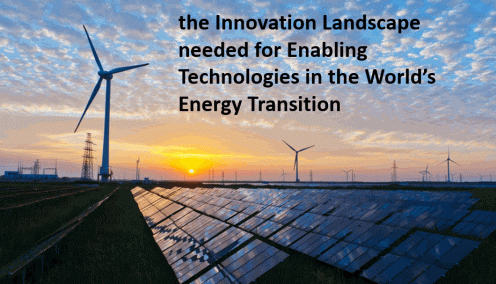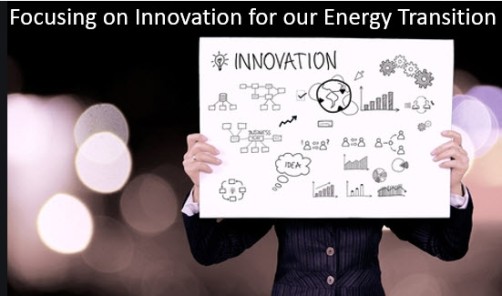
We clearly need to find ways to navigate ourselves back into some (new) order, to stabilize the chaos we are in, or beginning to feel we are finally moving out of the crisis and chaos of the last 18 months..
What we first need to do is make sense of what is going on around us.
Then, we need to determine what actions to take and the level of action, resource and support each part needs.
For this we need help, we need collaborators wanting to not just navigate back but more to navigate forward.
We are in a period of (great) change. How are we thinking about adjusting, not just to the immediate challenges but the greater ones that are certainly heading our way?
Within business, the present crisis offers a chance to make significant changes to how we operate in the future. However, I am not sure many of you feel the same; it seems disruption is in everything we need to undertake in what is coming towards us in change.
Continue reading “Learning to collaborate in a rapidly changing world”
 The growing fears are that we are falling behind the need to meet the Energy Transition required goals to the World has agreed to by 2050, set to meet the Paris Climate Agreement.
The growing fears are that we are falling behind the need to meet the Energy Transition required goals to the World has agreed to by 2050, set to meet the Paris Climate Agreement.






